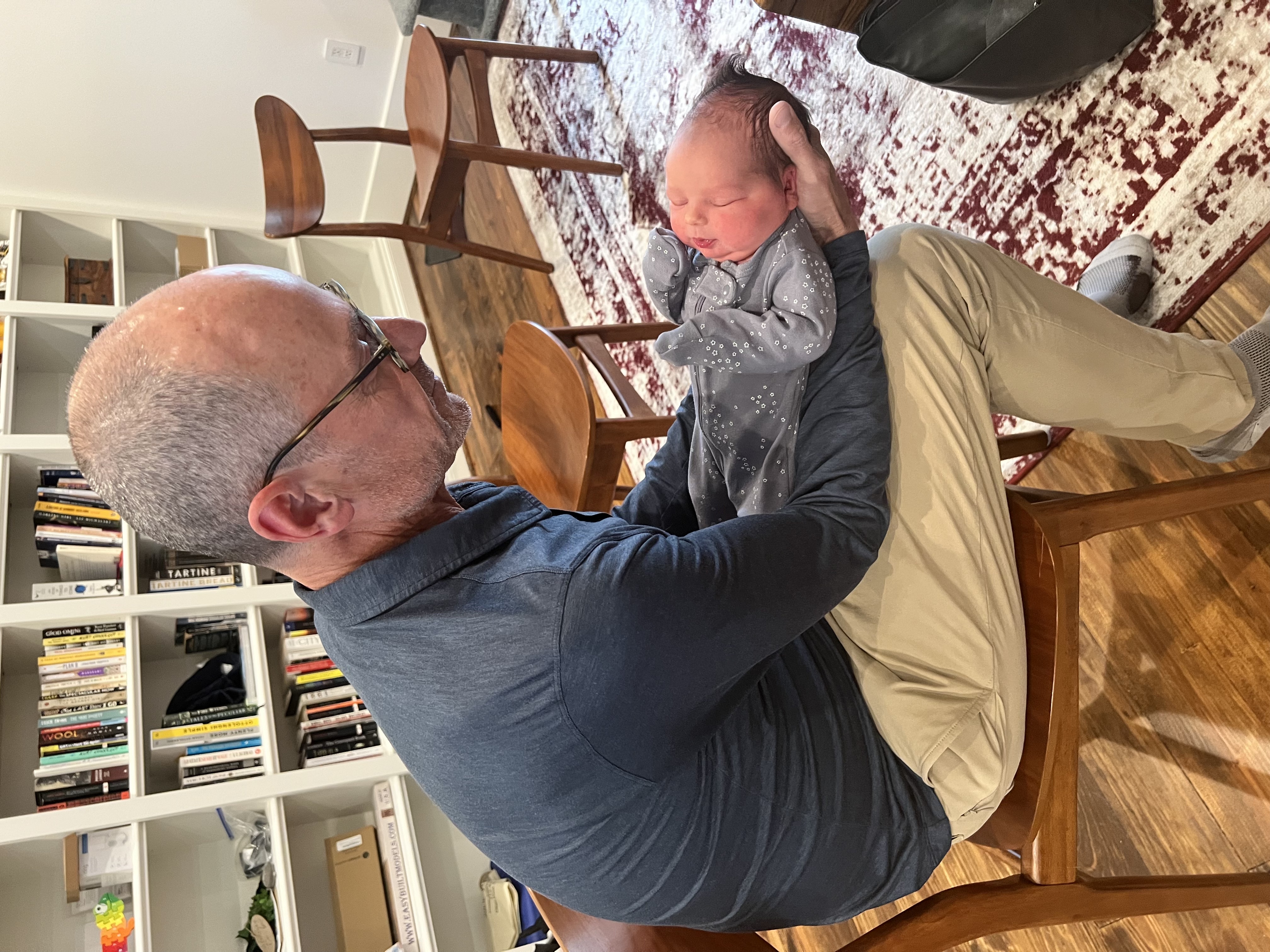
I have worked with adult and child art students for the past 7 years. No matter what the age there seems to be a problem when it comes to representing a shadow on the canvas. The first hue they reach for is either black, grey or brown. This is when I get on my “high horse”! Shadows are a wonderful way to add emotion to your painting. Put the black, grey and brown away. In a realistic sense a shadow is the same color just darker than the local color that the shadow rests on. If the you look outside and see a tree throw its shadow gracefully over the lawn, the shadow is not a black or brown, but a darker green grass. If you use black or brown, you end up deadening the scene. So I ask you to go around looking at shadows for a while. You will say of course–duh!
To carry the shadow theme a bit father is where I am with my paintings. Generally I like to use one of the cool greys that are primarily green, blue or purple. There are a millions shades of these hues. The sketch, above that I did in the studio yesterday are just 3 of the many greys that can be used as shadows. The grays that I generally use for these shadows are made up of complimentary colors (purple + yellow, blue+ orange, green+red). Once I get the mixture on my palette, I tint it with Titanium White. I tend to let the grey take on cool side of the compliment. Another grey that can be used is a grey made from red+blue+yellow + Titanium White. You can play with the dominate color in the grey to influence the grey hue. It is also fun to use variations of the primary colors. Use alizarin crimson or burnt sienna for the red. Same for the blues and yellows. Now you have a nearly an endless palette for your shadow…. Have a wonderful time discovering. Susan



